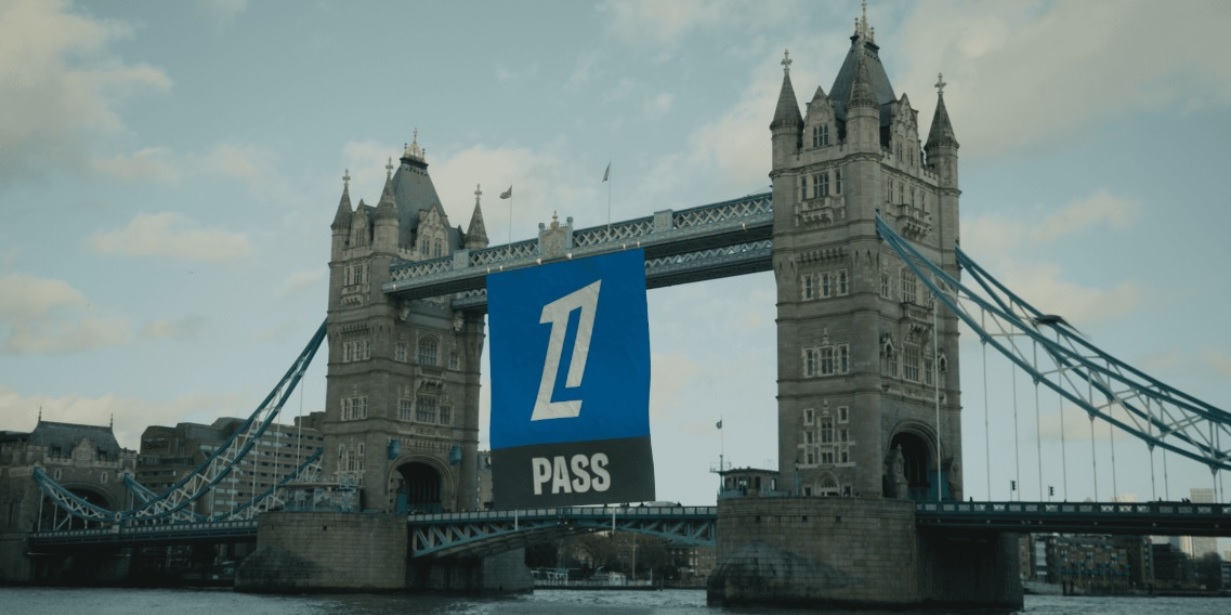Government United State It announced this Tuesday, 23, that it will release 50 million barrels petroleum of its strategic reserves, which represent the largest volume released since the establishment of the emergency stockpile in the 1970s.
The goal of the US government is to resolve the mismatch between supply and demand for mineral oils, and thus lower prices on the international market. The measure, which was communicated through a statement from the White House, is being carried out jointly with other oil consuming countries, such as China, Japan, South Korea, the United Kingdom and India.
India has confirmed that it will release 5 million barrels of its reserves. The UK stated that the release volume would be 1.5 million barrels. Other countries did not indicate the extent of this measure.
In the statement, the White House said US consumers are feeling the impact of higher prices on gasoline At the pumps because, in the midst of an economic recovery, the supply of oil has not kept pace with the demand.
Recently, the prices of Brent oil, traded in London, and West Texas Intermediate, traded in New York, reached the level of 80 US dollars per barrel. This movement came amid high demand, with the end of much of the restrictions imposed on movement to contain the pandemic COVID-19, the slow resumption of production Organization of Petroleum Exporting Countries (OPEC), a group that includes major producers such as Saudi Arabia, Iraq, Iran, the United Arab Emirates, Venezuela, Nigeria and others.
Since US efforts to lower prices have become more visible, a barrel has fallen below $80.
Historical
The United States has the largest strategic oil reserves in the world, with a storage capacity of 714 million barrels. As of September, the tanks held 621.3 million barrels in stock, which is the equivalent of the volume of oil consumed across the country in a month, according to 2019 levels.
The reserves were created in the 1970s, during the global oil crisis, and the reserves are often used in exceptional cases, such as wars or after natural disasters. Over the past 30 years, stocks have been released, for example, during the Gulf War (1990 and 1991), after Hurricane Katrina (2005) and during protests in Libya in 2011 amid the Arab Spring.
Tuesday’s White House announcement marks the largest volume ever released since the creation of the strategic reserves. Until then, the largest sale of reserves was in 2011, during the Arab Spring. In 2000, the country also used 30 million barrels of reserves in a barter to raise refinery inventory levels.
launch
According to the White House, mineral oil will be brought to market in two ways. First, 32 million barrels will be released in the coming months in a kind of “swap”, which means that this volume will eventually return to the strategic reserve.
“The exchange is a tool that is compatible with today’s specific economic environment, in which markets expect future oil prices to be lower than they are today, and helps provide immediate relief to Americans and get past this period of expected lower oil prices,” the document says.
In addition, 18 million barrels will be released through the sale of oil recently authorized by the US Congress. “The president is ready to take additional steps if necessary and is ready to use all of his power in coordination with the rest of the world to maintain adequate supplies as we emerge from the pandemic.”
India says it believes hydrocarbon prices “should be reasonable, responsible and determined by market forces”. The country says it has repeatedly expressed concern that the supply of oil is “artificially adjusted below demand levels by producing countries”, leading to higher prices and “negative consequences”.
The country also says it is paying attention to domestic oil and diesel prices, having adjusted tariffs in the sector to contain inflationary pressures. The note classifies these tariff cuts as “difficult steps” with a “high” fiscal impact on the government, but says that these cuts are being taken to alleviate the situation for the population.
Market
However, announcing the release of inventories was not enough to bring down oil prices on Tuesday. Analysts estimated that the US decision would, in fact, have a limited impact on prices. For Craig Erlam, an analyst at Oanda, the reported volume “didn’t exceed expectations, so the market was really in a position.”
The barrel of West Texas Intermediate crude oil for January ended the day with a gain of 2.28% at $78.50. For the same month, Brent oil rose 3.27 percent to $82.31 a barrel.
After the American announcement, the Secretary-General of OPEC said: Muhammad BarkindoThey reaffirmed the cartel’s commitment to ensuring a “stable and balanced” market for producers and consumers and ensuring that the recovery of the global economy is supported. The statement came in a video conference of the Council of the OPEC Economic Committee on Tuesday, according to a post on the group’s Twitter site.
Barkindo urged world leaders to take steps to address bottlenecks in supply chains with the aim of “improving” trade and maintaining a “more inclusive” resumption of economic activity.
The Secretary of State acknowledged that uncertainties continue to threaten the economy, including restrictions on the movement of people due to the coronavirus, especially in Europe. But for him, a surplus in the oil market could materialize between the first and second half of 2022. / With international agencies

“Music fanatic. Very humble explorer. Analyst. Travel fanatic. Extreme television teacher. Gamer.”






More Stories
Do you use a Petrobras CNG truck? Understand the picture that became a meme
New strategy to get rid of telemarketing calls; Learn it!
Itaú will launch receivable tokens in 2022